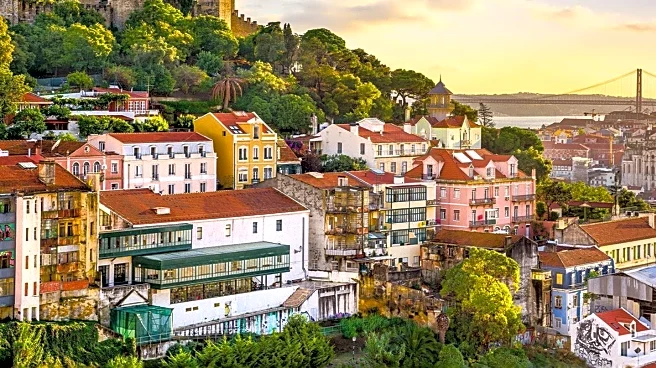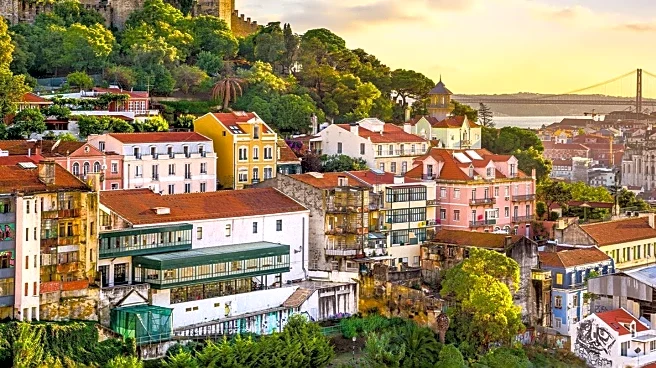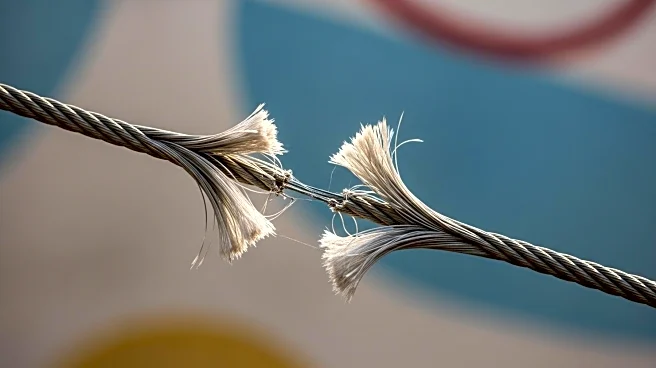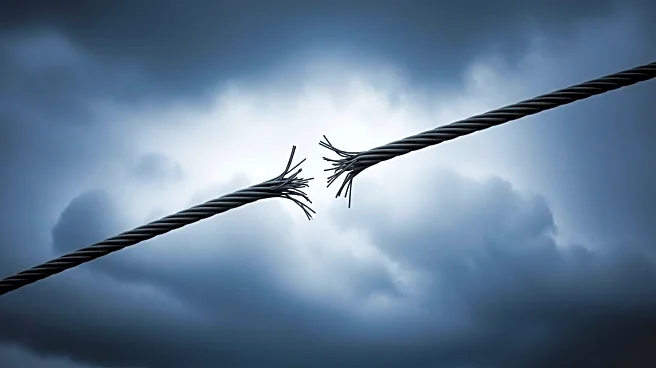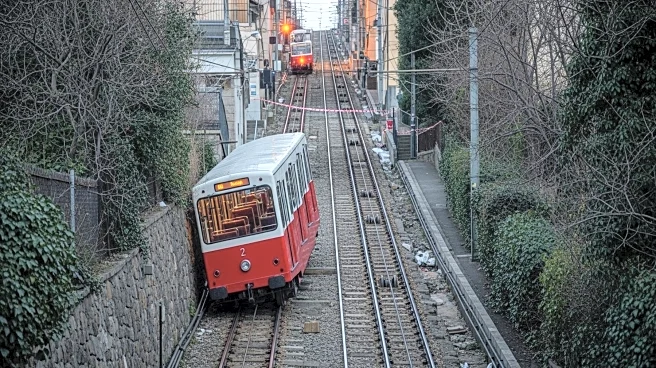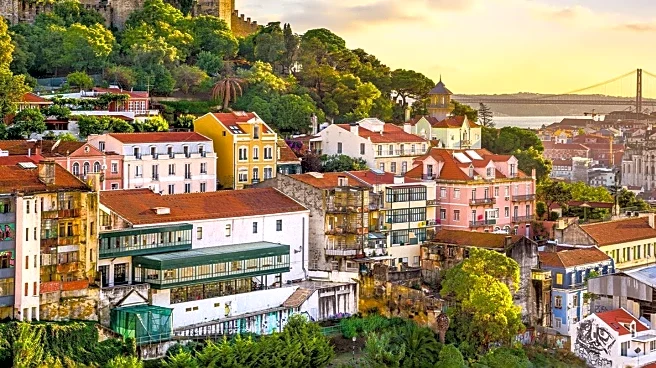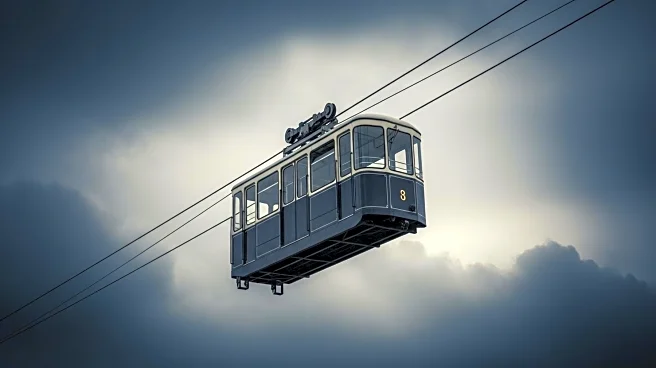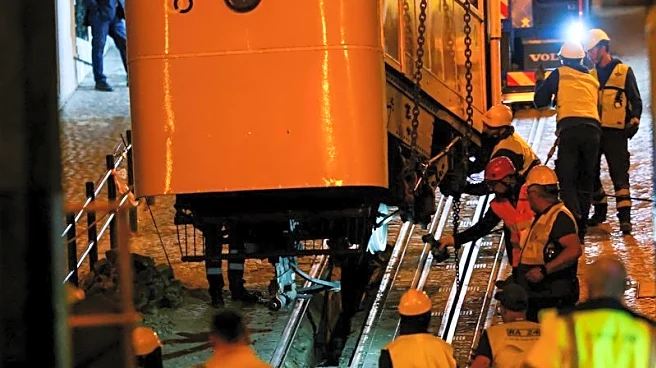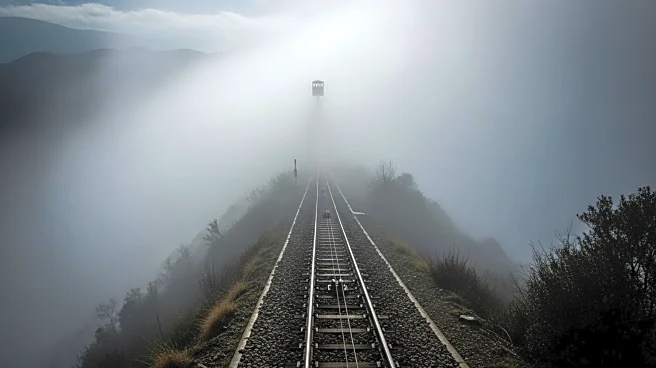What's Happening?
A tragic accident occurred in Lisbon when a cable linking two carriages of the Elevador da Glória funicular snapped, resulting in a deadly crash that killed 16 people and injured at least 20 others. The incident happened shortly after the funicular began its journey, with the cable disconnecting and causing the carriages to derail. Despite attempts to apply emergency brakes, the measures failed to prevent the crash. The Portuguese air and rail accident investigations bureau (GPIAAF) released a report indicating that the cable was not visible during scheduled inspections, and the rest of the mechanism was functioning properly. The crash has prompted two separate investigations to determine the cause and prevent future occurrences.
Why It's Important?
The accident raises concerns about the safety and maintenance protocols of public transportation systems, particularly those involving older infrastructure like funiculars. The incident highlights the need for thorough inspections and updates to safety measures to prevent similar tragedies. The crash has affected international tourists, with several foreign nationals among the victims, potentially impacting tourism in Lisbon. The findings from the investigations could lead to changes in regulations and safety standards for funiculars and other rail systems, aiming to enhance passenger safety and prevent future accidents.
What's Next?
Authorities are conducting two independent investigations to determine the exact cause of the cable failure and assess the adequacy of current safety measures. The GPIAAF is expected to release a preliminary report within 45 days, which may provide insights into the accident and recommend improvements. The investigations may lead to changes in maintenance protocols and safety standards for funiculars, potentially influencing regulations across Europe. The incident may also prompt discussions on the need for modernizing older transportation systems to ensure passenger safety.
